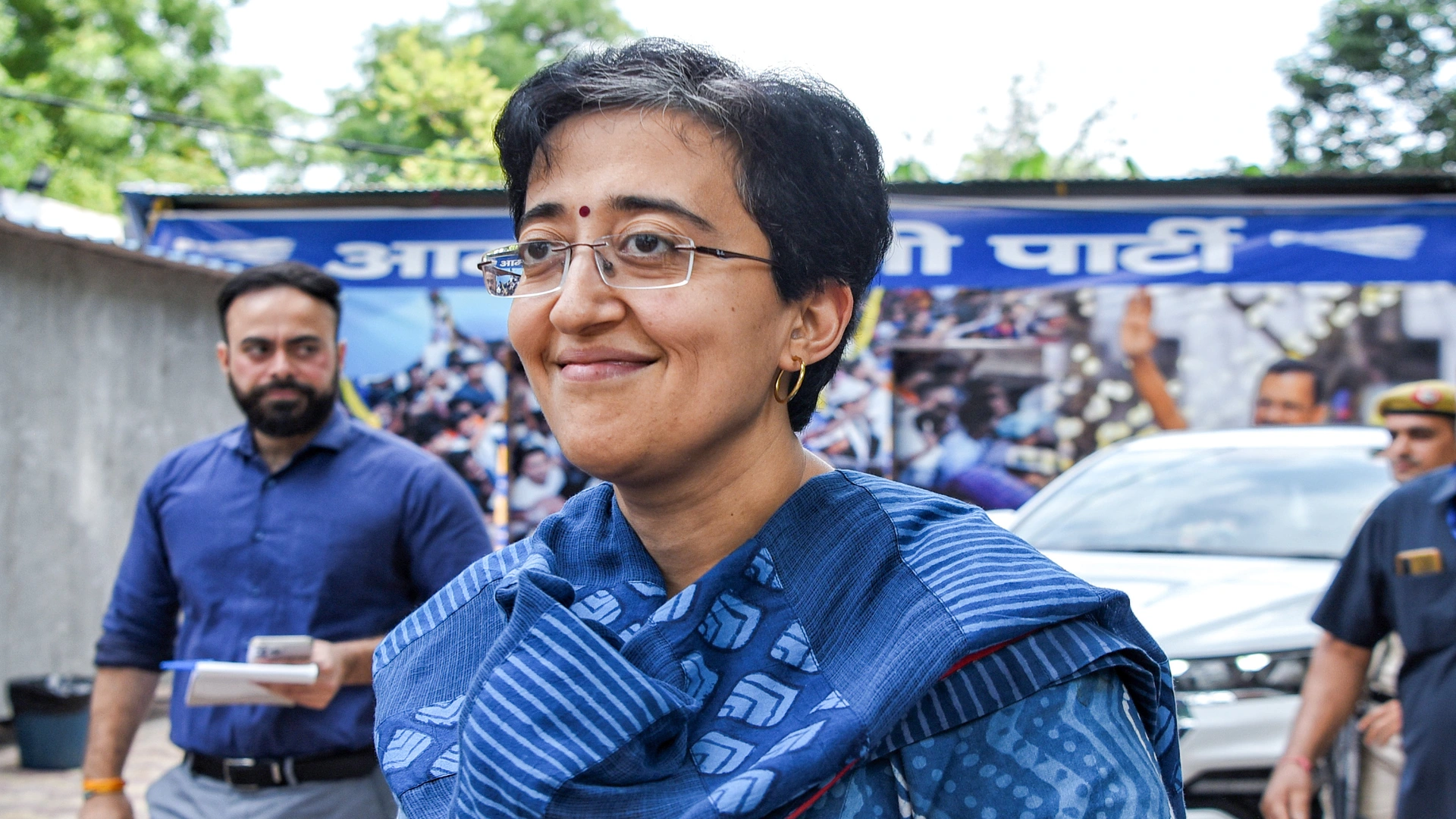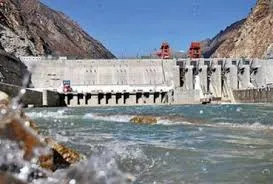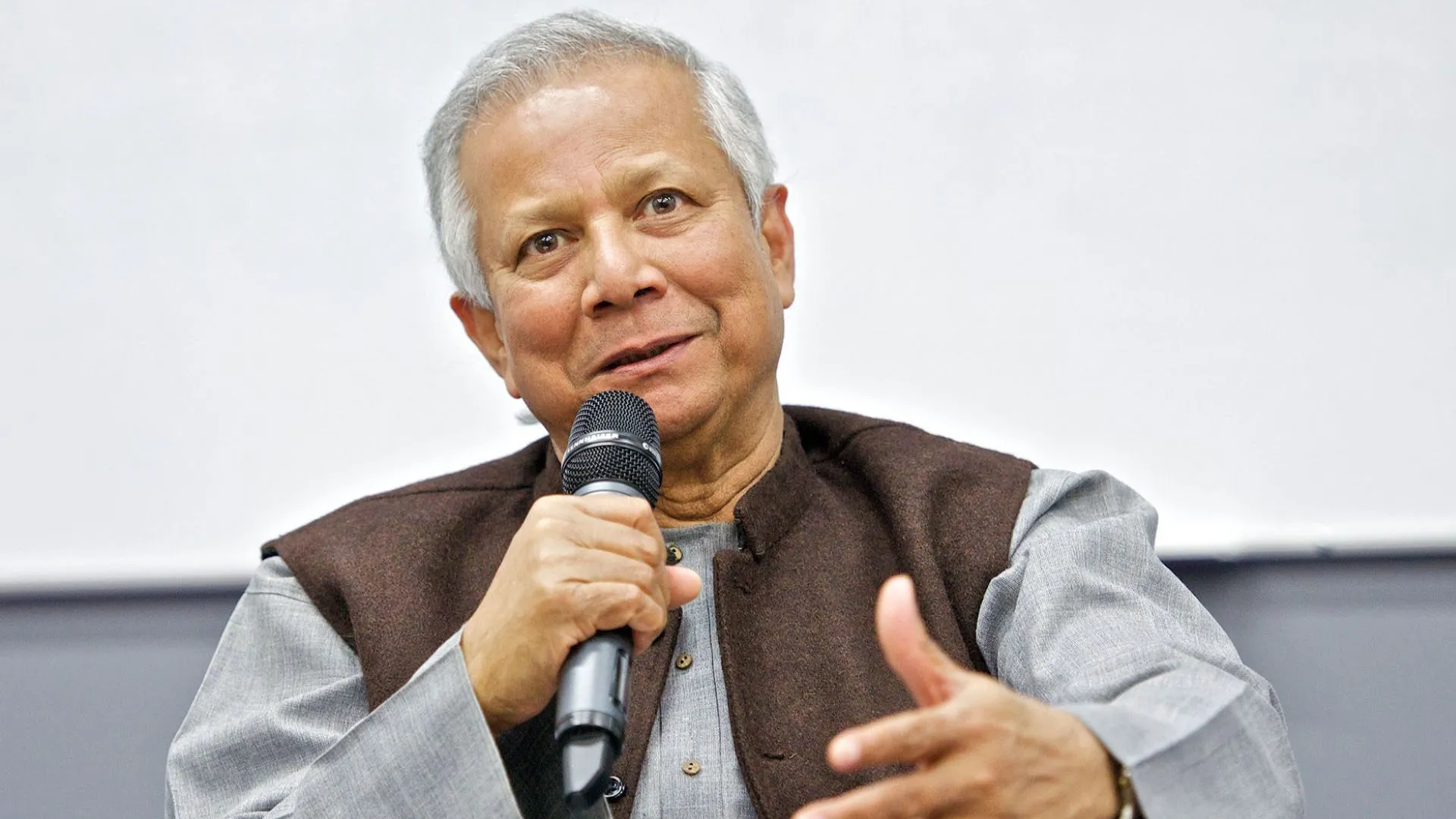Delhi Chief Minister Atishi on Tuesday inspected the new metro coaches of the Phase-4 route at the Mukundpur depot near Majlis Park. She highlighted that the six-car train will be part of the Magenta Line and remains the only metro system in India to operate driverless trains while maintaining high safety standards.
The Chief Minister also commended the rapid expansion of the Delhi Metro over the past decade, which has extended its reach to all corners of the city.
Atishi said, “Today we are at the Delhi Metro depot in Mukundpur, and it is a matter of great pride that the trains of Phase Four Metro, which is an ambitious expansion of 186 km of Metro, have started coming on the ground. So this is the first train at the Mukundpur depot. This is a six-car train, and it will be used in the Magenta Line. So right now, all of the testing is taking place.”
“It is a driverless train. Even now, Delhi Metro is the only metro in the whole country in which driverless trains are running, whose safety is very high, and I am happy that Delhi Metro has been expanding at a very fast pace for the last 10 years. It has reached every corner of Delhi,” Atishi added.
Delhi Air Pollution at Hazardous Levels
Atishi also addressed the deteriorating air quality in Delhi, saying, “I would like to request that in the rest of the states of NCR, the truth is that GRAP is not implemented at all. The rest of the states in NCR, whether it is Haryana, Rajasthan, Uttar Pradesh, should also implement GRAP. Secondly, my request to the central government is that until the central government comes forward and does not stop stubble burning in the rest of the states, then there will be no solution to the fog that is looming over the entire North India.”
The air quality in Delhi remained in the ‘severe plus’ category for the second consecutive day on Tuesday morning. Smog shrouded the city, reducing visibility and worsening air pollution to an alarmingly high AQI.
According to the Central Pollution Control Board (CPCB), the national capital recorded an Air Quality Index (AQI) of 488 as of 8 am, categorizing it as ‘severe plus.’ At such levels, the air is considered hazardous, particularly for vulnerable groups such as children, the elderly, and people with respiratory or heart conditions.
Health and climate experts have termed the situation a “public health emergency” and are calling for phasing out fossil fuels and adopting clean energy solutions.
The capital’s air quality index (AQI) has remained in the “severe” category for days, with PM2.5 concentrations surging past 400 µg/m³—far exceeding the World Health Organization’s (WHO) safe limit of 15 µg/m³ for 24-hour exposure.
Measures Taken Under GRAP
In response, the Commission for Air Quality Management (CAQM) has activated Stage-IV of the Graded Response Action Plan (GRAP). Measures under this stage include restrictions such as a ban on truck entry and halting public construction projects.
However, health experts argue that these are temporary fixes for a deeper problem requiring systemic solutions. Experts have attributed the rise in air pollution to reduced temperatures causing atmospheric stability, which restricts pollutant dispersion.
Also read: Russia Updates Nuclear Doctrine, Labels Allied Attacks as Joint Assault
Additionally, a surge in fire events over the past two days has contributed significantly to the spike in PM pollution, further exacerbating Delhi’s air quality crisis.





















